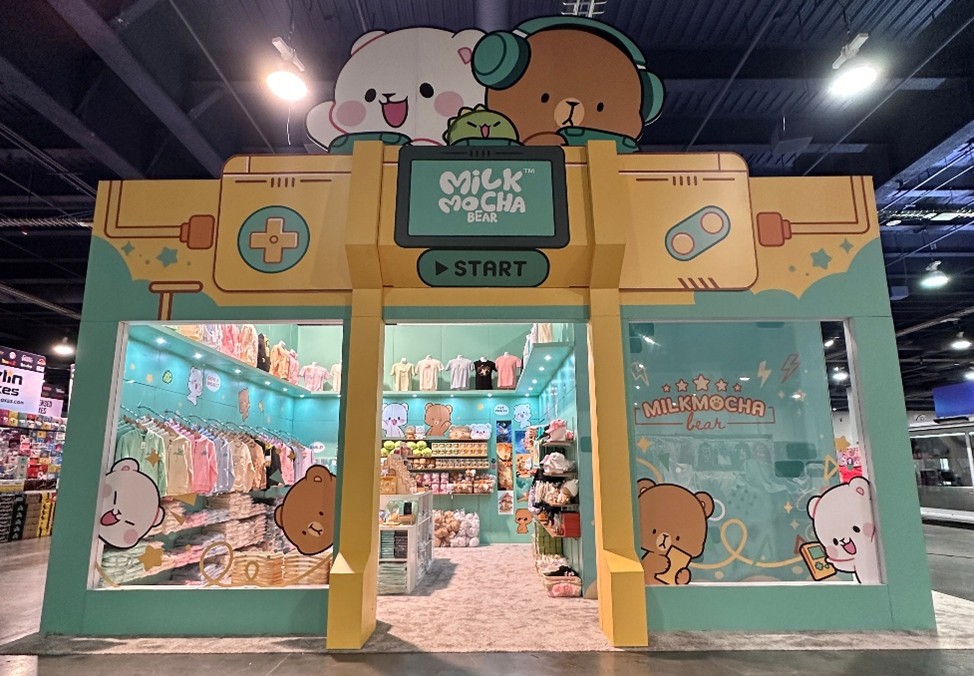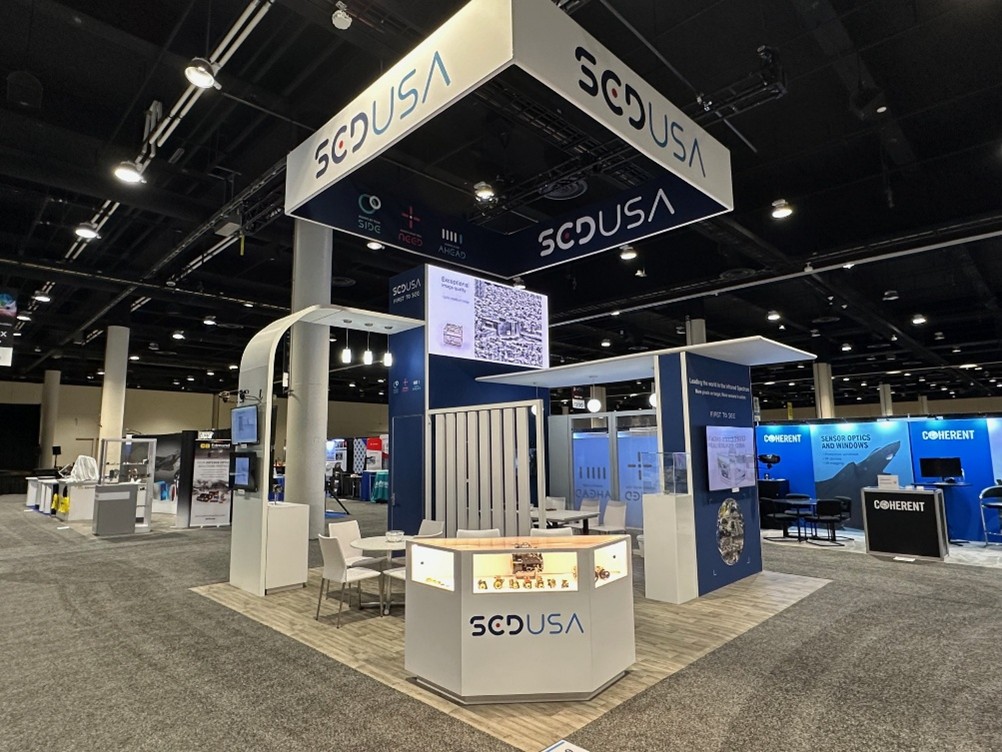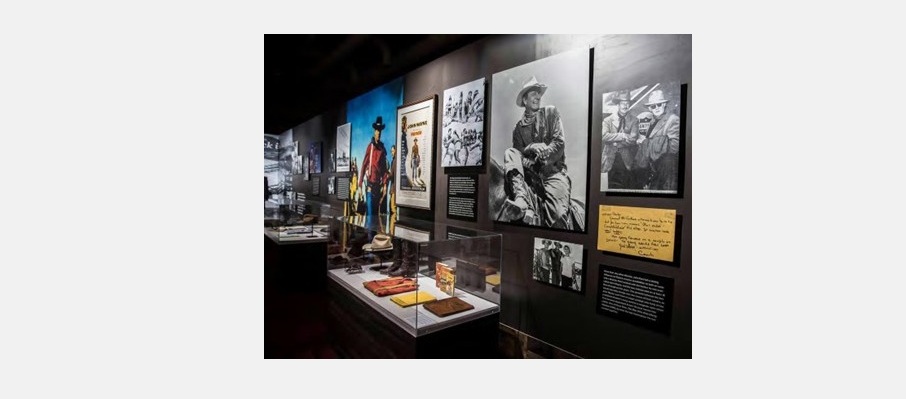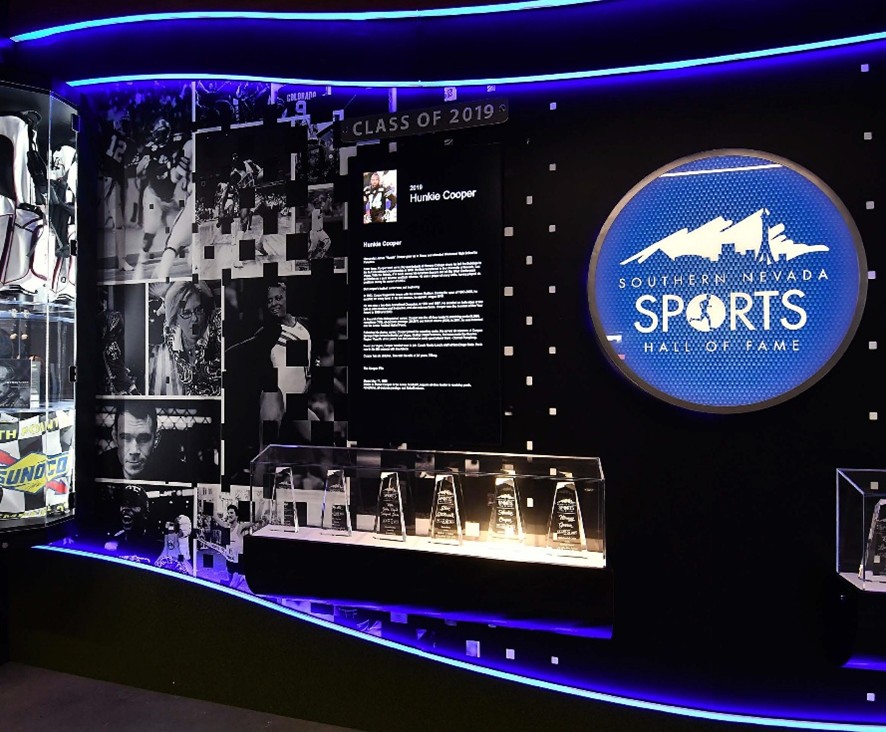In today’s crowded and competitive tradeshow environment, standing out is about more than eye-catching visuals. Brands need to communicate who they are, what they stand for, and why they matter—and they need to do it fast. That’s where brand storytelling through design becomes a critical factor in tradeshow success.
What Is Brand Storytelling Through Design?
Brand storytelling through design is the strategic use of layout, structure, visuals, and interactivity to tell a cohesive story that captures attention and builds emotional connections. It moves beyond logo placement and flashy graphics. It’s about creating a narrative experience.

Why Does It Matter in a Tradeshow Booth?
Your booth is often the first and only impression attendees will have of your brand. So, how do you ensure it resonates?
When every square foot matters, your booth design must serve a dual purpose: attract attention and communicate meaning. From structure and lighting to messaging and materials, every element should tie back to your brand narrative.

Designing with Purpose: A Framework for Storytelling
Start by identifying your core message: What do you want attendees to remember? Then, layer in the following elements:

Examples in Action
A wellness brand might use warm wood tones, natural lighting, and calming ambient sound to tell a story of peace and health. A tech company may lean on sleek lines, LED lighting, and dynamic media walls to convey innovation and precision.

Common Pitfalls to Avoid
Ask yourself:

Measuring Success
Storytelling is emotional, but its success should still be measurable:
Final Thoughts
Design is not decoration—it’s communication. When storytelling drives your booth design, you move beyond selling products to building relationships. In an industry where seconds count and impressions matter, your design isn’t just how you show up. It’s how you’re remembered. Ask yourself before the next show: What story are we telling—and are we telling it well?